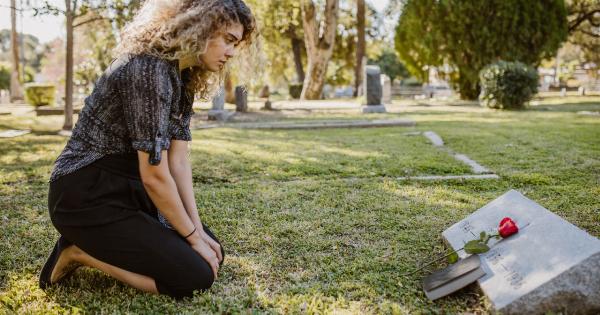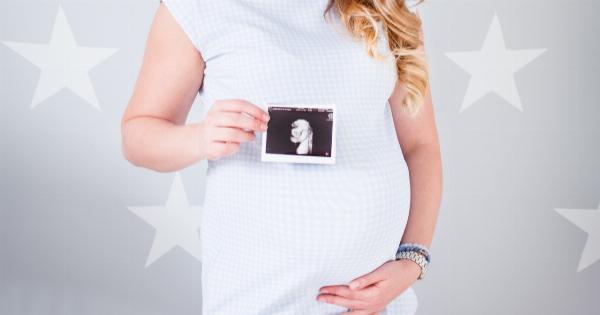One of the most common concerns that new mothers have after giving birth is hair loss. It can be quite alarming to see clumps of hair in the shower drain or on your brush.
However, postpartum hair loss is a normal and temporary condition that affects many women.
Causes of Postpartum Hair Loss
The primary cause of postpartum hair loss is hormonal changes. During pregnancy, elevated hormone levels prevent hair from shedding as it normally would. This leads to thicker and healthier-looking hair during pregnancy.
However, after giving birth, hormone levels quickly decrease, causing the hair that was supposed to shed during pregnancy to fall out all at once.
When Does Postpartum Hair Loss Begin?
Postpartum hair loss typically begins around three months after giving birth. This delay is due to the normal hair growth cycle. Hair grows in cycles, with each strand having a growth phase and a resting phase.
During pregnancy, hormones prolong the growth phase, resulting in reduced hair shedding. Once hormone levels return to normal after childbirth, the hair enters the resting phase and begins to shed.
How Long Does Postpartum Hair Loss Last?
Postpartum hair loss is temporary and usually resolves on its own within six to twelve months after giving birth. By the time your baby celebrates their first birthday, your hair should start to regain its normal thickness.
However, it is important to note that everyone is different, and some women may experience hair regrowth at a slower pace.
Managing Postpartum Hair Loss
While postpartum hair loss cannot be completely prevented, there are several strategies you can implement to manage it effectively:.
1. Eat a Well-Balanced Diet
Consuming a nutrient-rich diet is essential for maintaining healthy hair growth. Focus on eating foods that are high in vitamins, minerals, and proteins. Include plenty of fruits, vegetables, lean meats, and dairy products in your meals.
Additionally, consider taking supplements like biotin and prenatal vitamins, which can promote hair health.
2. Avoid Hairstyles that Pull on the Hair
Hairstyles that put tension on the hair, such as tight ponytails, braids, and buns, should be avoided. The constant pulling can worsen hair loss and lead to breakage.
Instead, opt for loose hairstyles or wear your hair down to minimize this strain on your strands.
3. Be Gentle with Your Hair
When washing and brushing your hair, be gentle to avoid unnecessary hair loss. Use a wide-toothed comb to detangle wet hair and avoid brushing it when it’s wet, as it is more prone to breakage.
Choose a mild shampoo and conditioner that is suitable for your hair type and try to limit heat styling tools.
4. Try Scalp Massages
Massaging your scalp can help stimulate blood flow and promote hair growth. Gently massage your scalp using your fingertips in circular motions for a few minutes each day.
You can also use natural oils, such as coconut or olive oil, to nourish the scalp, but be sure to wash them out thoroughly after.
5. Consult a Healthcare Professional
If you are concerned about the severity of your postpartum hair loss or if it persists beyond twelve months, it is a good idea to consult a healthcare professional.
They can evaluate your specific situation and provide guidance or recommend treatments if necessary.
Embracing Your Postpartum Hair Loss
Remember, postpartum hair loss is a temporary condition and a normal part of the postpartum journey. Instead of stressing over the thinning hair or bald patches, focus on self-care and adjusting to the demands of motherhood.
By following the strategies mentioned above, you can manage postpartum hair loss and embrace this natural stage of your postpartum experience.





























